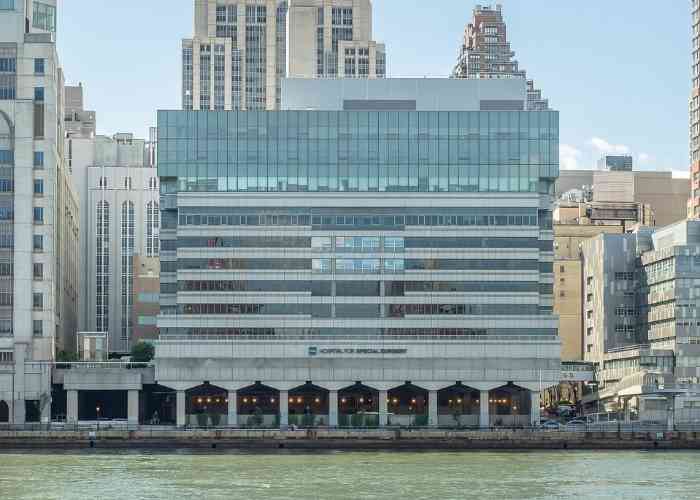What is the anatomy of the shoulder?
The shoulder joint is the largest, most flexible, and one of the most complex joints in the human body. The shoulder is made up of three bones: the humerus (upper arm bone), the clavicle (collar bone) and the scapula (shoulder blade). Also within the shoulder are three small joints that work together, giving the shoulder a large range of mobility and motion. These joints in the shoulder are the acromioclavicular joint, the sternoclavicular joint and the glenohumeral joint. The joint known as the “ball and socket” joint is the glenohumeral joint. Because of the complexity of the shoulder, its flexibility and the range of motion make it inherently susceptible to injury. Shoulder pain can be common and can stem from a number of different conditions. Orthopedic Surgeon and shoulder specialist, Doctor Answorth A. Allen, successfully diagnoses and treats patients in Manhattan, New York City and the surrounding New York boroughs who have experienced a shoulder injury.
What are the joints that make up the shoulder?
The anatomy of the shoulder includes three smaller joints that work together to give the shoulder flexibility and range of motion. These joints are
- Glenohumeral joint: Also referred to as the shoulder’s ball and socket joint, the humeral head (top of the arm bone) meets the scapula (shoulder blade) and is held together by the glenoid socket and labrum. The glenohumeral joint is responsible for arm rotation, flexion and abduction.
- Acromioclavicular joint: Also referred to as the AC joint, the scapula meets the clavicle at the highest point of the shoulder. The acromioclavicular joint is responsible for the lifting ability of the shoulder.
- Sternoclavicular joint: Also referred to as the SC joint, the clavicle meets the sternum at the center of the chest, allowing the clavicle to move and lend support to the shoulder.
What are the other structures of the shoulder?
The shoulder cannot offer mobility and strength without other supporting structures that help it move and keep it functioning properly. Shoulder stability is achieved with the help of muscles, tendons, ligaments and cartilage. These important structures include:
- Cartilage: Often called articular cartilage, this slippery, tissue covers both the ends of the bones and allows them to glide together easily. In the glenohumeral joint, cartilage covers both the humeral head and the socket. The breakdown of this cartilage can cause shoulder arthritis.
- Labrum: A strong rubber-like ring of cartilage attached to the shoulder socket which holds the ball of the humerus firmly within the glenoid socket. Damage to the labrum can cause shoulder instability and frequent dislocations.
- Bursae: Located between the bone and the surrounding soft tissue, these small sacs of fluid lubricate and cushion the rotator cuff.
- Rotator Cuff: A grouping of muscles and tendons that surround the shoulder joint. They help hold the ball of the humerus in place within the socket of the glenoid. The rotator cuff is responsible for the strength of the shoulder, as well as its stability.
Which bones make up the shoulder joint?
Three major bones meet to form the shoulder joint, each playing a critical role in the function of the shoulder:
- Clavicle: Also called the collarbone, this thin, flat bone stabilizes movement in the shoulder. The clavicle is found at the front of the shoulder, extending from the center of the body (sternum) to the end of the shoulder.
- Humerus: The ball of the upper arm bone that connects the scapula and the clavicle. The humerus fits into the scapula (glenoid) forming the ball and socket joint.
- Scapula: Also called the shoulder blade, this flat, triangular bone is found at the back of the shoulder. The scapula connects the clavicle to the acromioclavicular joint
The anatomy of the shoulder is complex, allowing a large range of motion and strength. However, too much mobility can cause instability, resulting in a shoulder injury. Shoulder pain is a common symptom among athletes and non-athletes, workers, and weekend-warriors. Any shoulder pain should be evaluated by an orthopedic shoulder specialist. Dr. Answorth Allen can offer patients in New York and the surrounding areas the most up-to-date treatment options available that fit their lifestyle and goals.
Shoulder Conditions:
- Rotator Cuff Injuries
- Labral Tears
- Frozen Shoulder (Adhesive Capsulitis)
- Shoulder Instability
- Shoulder Impingement
- Shoulder Dislocations
- Shoulder AC Joint Separation
- Biceps Tendon Injuries
- Pectoral Tendon Injuries
- Clavicular Fractures
For more information on shoulder injury management please contact the office of Answorth A. Allen, MD orthopedic shoulder specialist at the Hospital for Special Surgery, serving Manhattan, New York City, Westchester, Long Island and surrounding areas.






